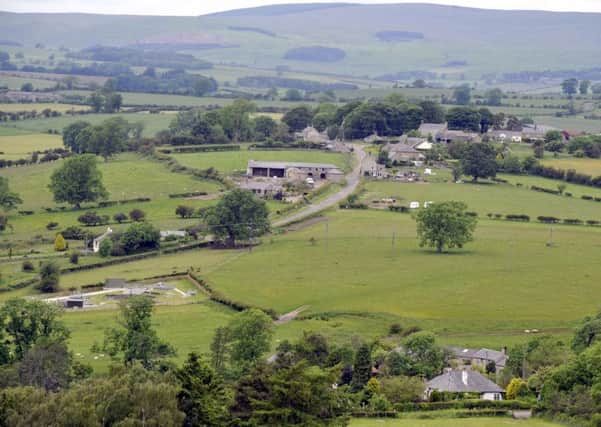'˜Unsafe' lead levels found in residents' water supply


Results have shown that 15 households in Snitter which are connected to a private water supply are above the recommended limit.
The current UK standard for the concentration of lead in drinking water is a maximum of 10 micrograms per litre (ug/l).
Advertisement
Hide AdAdvertisement
Hide AdIn Snitter, nine properties have levels in excess of 50ug/l.
The data has been described as extremely concerning by Rothbury county councillor Steven Bridgett, while one resident who is affected has branded it a big risk and dangerous.
But there is concern that villagers could have to fork out ‘a small fortune’ to be connected to the Northumbrian Water Limited (NWL) supply, with some residents receiving ‘ridiculous quotes’.
However, the company has said that it is looking at ways to work with Northumberland County Council to connect villagers to the NWL water supply ‘in the least disruptive and cost-effective way’.
Advertisement
Hide AdAdvertisement
Hide AdThe results come after the county council’s Public Protection officers carried out tests on 27 Snitter properties which are connected to a private water supply.
Other households are already connected to the NWL water main, which runs through the village.
The results showed that nine properties had lead levels above 50ug/l. Advice from Public Health England states that alternative sources of water should be used until the problem is fixed.
Two properties have lead levels between 25 and 50ug/l. People living with this amount are encouraged to avoid giving this water to children.
Four households have lead levels between 10 and 25ug/l.
Advertisement
Hide AdAdvertisement
Hide AdFor both of these levels, residents are encouraged to flush water to help mitigate the risk, but Public Health England advises that action is taken to fix this as soon as possible, as ‘long-term exposure can be harmful’.
Twelve properties had lead levels less than 10ug/l, so no action is needed.
One of the residents impacted is 63-year-old Maureen Hugill, whose property gave a reading of 49ug/l.
She said: “We are well over the limit and I am very concerned about it. I don’t feel happy with my grandchildren coming to stay with us until this issue is resolved. This is an extremely dangerous situation and we are now using bottled water. We just don’t know how long our water has been polluted by lead.”
Advertisement
Hide AdAdvertisement
Hide AdMaureen said that, a few years back, she had noted that her water tasted metallic and started filtering it in a jug.
She now wants to be connected to the NWL supply, but fears it will cost ‘a small fortune’. She added: “Everyone is entitled to a fresh and clean supply of water and we would like to be connected to the NWL supply to take this worry away. I hope we can be helped with this.”
Coun Bridgett has written to NWL, saying that he believes that impacted residents who wish to connect to its water supply should be able to do so at a reasonable price. He called for a coordinated approach to give residents access to ‘safe water’.
He wrote: ‘Some of the properties have levels that are more than five-times the current UK safe standard. This concerns me. I don’t want my residents consuming lead-contaminated drinking water.
Advertisement
Hide AdAdvertisement
Hide Ad‘Some residents wishing to connect to the NWL water main have contacted NWL and the quotes are ridiculous, making it unaffordable for some of my residents, which is worrying given that the alternative is a water supply that could do long-term health damage.’
Claire Sharp, NWL customer director, said: “We received a letter from Coun Bridgett, inquiring about the costs put forward for moving the private supply to a NWL mains supply. We’re looking at ways to work with the council and coordinate the completion of the work needed so that it is done in the least disruptive and most cost-effective way.”